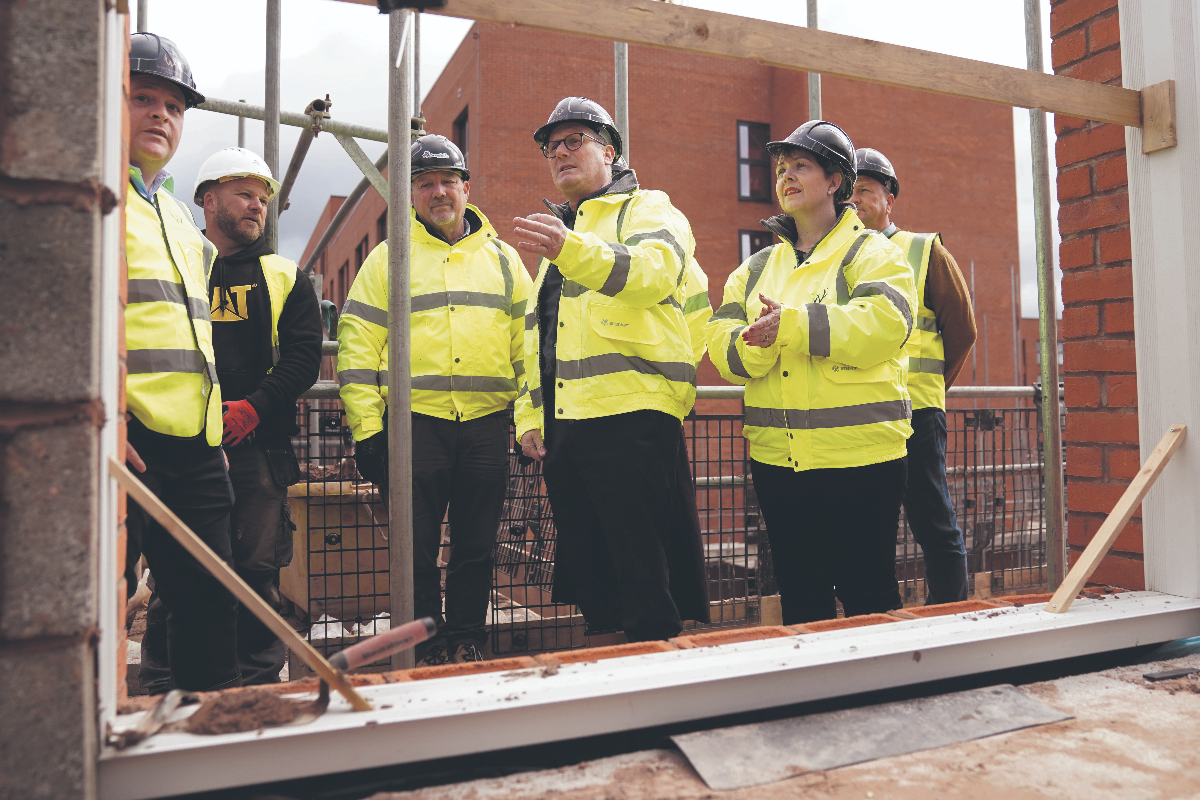The real reason Britain doesn’t build
Planning isn’t the only reason we have a housing shortage, too many developments just aren’t economically viable, says Melanie Leech The government is undoubtedly right to focus its efforts on reforming the planning system. Ask the anyone in the property industry and they will say that the system is complex, burdensome, under-resourced, and prone to [...]


Planning isn’t the only reason we have a housing shortage, too many developments just aren’t economically viable, says Melanie Leech
The government is undoubtedly right to focus its efforts on reforming the planning system. Ask the anyone in the property industry and they will say that the system is complex, burdensome, under-resourced, and prone to delay. As a result, it is not delivering the outcomes that will support the Government’s growth agenda.
But is planning the only reason why, in many parts of the country, development activity has slowed to a crawl and obvious development sites and opportunities remain dormant and undelivered? No!
Fundamentally, any development must be economically viable for the developer. It is this viability challenge that is becoming the major reason that many seemingly prime sites and ambitious development schemes are currently in limbo.
It is not because developers don’t want to bring their developments forward and build much needed new commercial space and housing. It is simply because the numbers don’t stack up.
It is reflective of what is probably the greatest development challenge of the current times – that of the ever-shifting sands and calculations upon which a property development’s viability is calculated.
These include construction costs that have risen 25 per cent by most estimates over the last five years due to increased material and labour prices. The pandemic, the war in Ukraine and tighter immigration policies have all had their impact.
The average age of a construction worker in the UK is now over 50 and the rate of retirement is accelerating. The construction sector is responding, broadening its appeal to younger workers, but there is no quick fix for the demographics of the building trade, and consequential labour shortages.
Shifting regulations
Another challenge is shifting policy and regulatory requirements, especially in relation to building safety and sustainability, requiring scheme re-designs which then drive developments into the territory of no longer being viable to deliver.
Previous policy decisions on planning have also not helped. The previous government dispensing with compulsory housing targets provided some councils with the perfect excuse to take their foot off the gas.
Add to this political uncertainty of four governments in a little over two years, and a general election. A conclusive general election result in July at least might start to alleviate investor concerns.
But the climate of uncertainty over the previous 18 months has meant that whilst developments that have started have continued, those that have not started have generally been because investors have decided it was easier to sit on their hands, or worse still vote with their feet and take their investment to places that are more stable.
The cost of finance, especially debt, remains a significant challenge and a major barrier to commencing schemes judged to be marginal at best.
Add to this rising mortgage costs for home buyers, hampering their ability to buy, and business occupiers facing a range of tax increases – limiting the amount they can pay in rent – and the result is greater uncertainty.
Here even the residential market, with strong continuing demand, isn’t immune, with future sales values not always being achievable against high build costs.
Not all is doom and gloom, however. The public sector can help turn some dials to make what was unviable possible.
For example, spending public funds to clean up regeneration sites, which often need remediation, or the public sector contributing development sites for free up-front and then sharing in the profits from development. Such a partnership approach is thriving in what is a difficult market.
So, the next time you walk past a boarded-up site or wonder why the major regeneration scheme you read about hasn’t progressed, don’t always assume it is solely because of the planning system.
For more likely than not it is also a result of it being caught in the viability quicksand of rising build costs, greater regulatory costs and the headwinds of economic and political uncertainty.
Melanie Leech is chief executive of the British Property Federation


